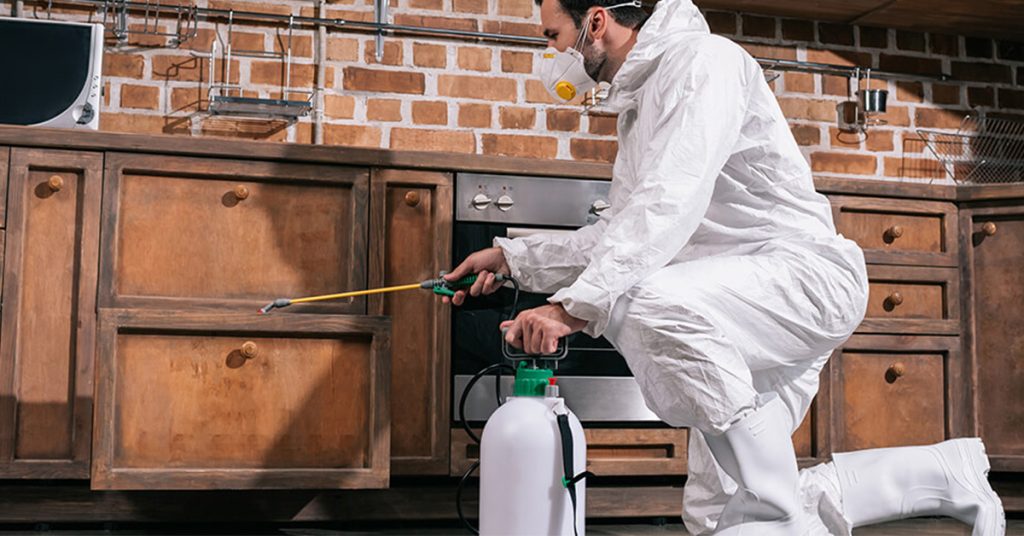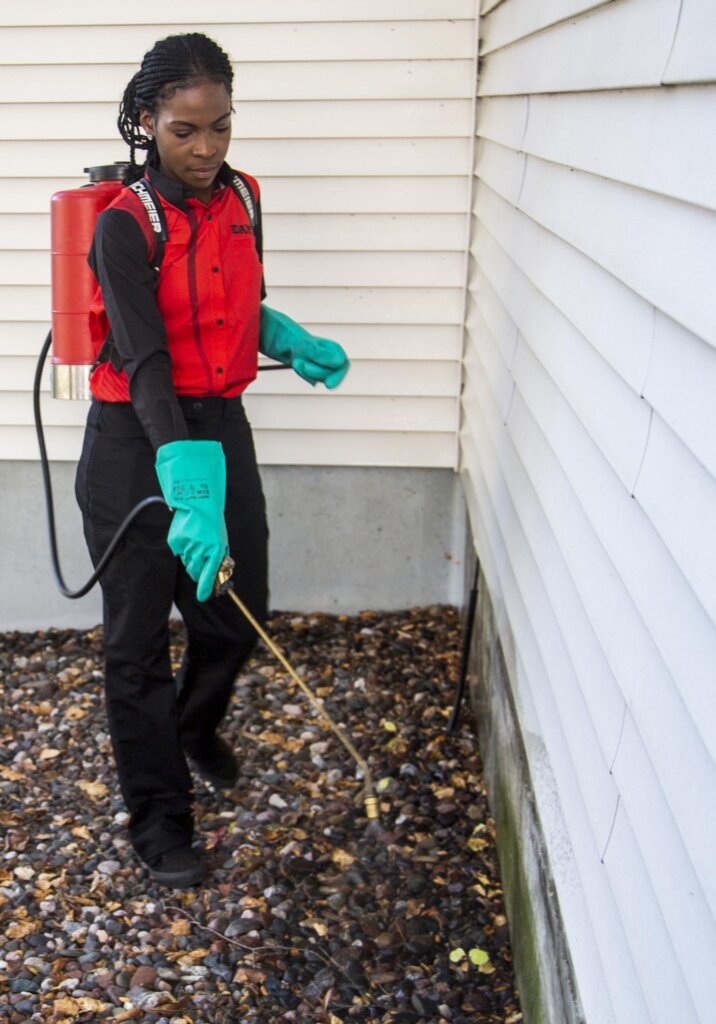Checking Out Problem and Treatment Strategies worldwide of Pest Control
The landscape of parasite control includes a myriad of obstacles, particularly as invasions of usual house parasites proceed to advance. Understanding the behaviors and reproductive patterns of these nuisances is essential for establishing reliable treatment strategies. By integrating precautionary actions with innovative administration methods, such as Integrated Bug Management (IPM), house owners can much better protect their atmospheres. However, the effectiveness of these approaches might differ considerably based on particular situations. What hidden aspects add to the success or failing of these approaches in different setups?

Typical Family Pests
When it pertains to managing our living rooms, recognizing common household insects is crucial. These insects not only disrupt our comfort yet can also posture wellness threats and damages property. One of the most common house insects consist of ants, cockroaches, rodents, termites, and bed bugs.
Ants, typically seen foraging in kitchens, can contaminate food and establish large swarms. Rats, consisting of mice and rats, can cause structural damages and bring diseases like hantavirus and salmonella.
Acknowledging the indicators of these parasites, such as droppings, nests, or bite marks, is important for early treatment (Pest Control Lockhart). Appropriate cleanliness techniques, sealing entrance factors, and keeping a clutter-free atmosphere work preventative steps. By identifying these typical home pests and comprehending their actions, house owners can take proactive actions to mitigate invasions, ensuring a healthier living environment
Recognizing Bug Infestations
Pest infestations can rise rapidly, turning a minor nuisance into a significant problem if not attended to without delay. Common elements contributing to invasions include bad cleanliness, structural vulnerabilities, and seasonal modifications that drive insects indoors.
Identifying the kind of pest is vital, as different varieties exhibit different behaviors and reproductive rates. For instance, rats might establish nests in surprise areas while pests like cockroaches thrive in damp environments. Early discovery often rests on recognizing indicators such as droppings, gnaw marks, or unusual noises, which can show a problem before it becomes severe.
Environmental conditions additionally play a vital function in pest spreading. Cozy, moist climates can assist in the fast development of parasite populations, while modifications in landscape design or construction can unintentionally produce helpful settings. Normal assessments and preventative measures are critical to alleviating the threat of infestations. An educated approach to recognizing these dynamics lays the foundation for reliable bug administration techniques in the future.
Treatment Approaches and Strategies
Efficient therapy techniques and strategies are vital for reducing bug infestations and bring back a risk-free environment. A complex technique is often best, integrating chemical, biological, and mechanical techniques tailored to the details pest and the intensity of the invasion.
Chemical treatments consist of making use of insecticides and herbicides, which can efficiently get rid of insects. Nonetheless, appropriate application and adherence to safety guidelines are crucial to decrease dangers to people and non-target microorganisms. Integrated Insect Monitoring (IPM) motivates the wise use chemicals as a last option, counting rather on monitoring and threshold degrees to determine treatment needs.
Biological control approaches entail presenting natural click here for more info predators or parasites to decrease pest populations. This approach is significantly popular, especially in farming settings, as it advertises ecological sustainability.
Mechanical techniques, such as catches and obstacles, give immediate remedy for parasites without introducing chemicals. Options consist of sticky catches for pests or physical barriers for rats.
Eventually, the selection of treatment technique ought to take into consideration the particular insect, the setting, and possible impacts on human health and ecological communities. A balanced mix of these methods can properly take care of problems while advertising long-lasting parasite control remedies.
Preventive Actions for Homes
Proactively resolving bug concerns before they rise is important for keeping a healthy and balanced home atmosphere (Pest Control Lockhart). Carrying out reliable safety nets can substantially decrease the likelihood of invasions, eventually guarding both your building and well-being

Appropriate landscaping also plays a critical function in prevention. Keeping hedges and trees cut away from your home lowers the chances of parasites finding their method indoors. Additionally, guarantee that drain systems are working effectively to stop standing water, which can attract in mosquitoes and various other insects.
Lastly, routine examinations are recommended. Frequently inspecting for indications of parasite activity enables early intervention. By adopting these safety nets, property owners can develop a setting that is much less hospitable to pests, therefore enhancing their general lifestyle and decreasing the requirement for comprehensive bug control treatments.
Business Insect Control Strategies
A thorough method to industrial parasite control is crucial for organizations aiming to maintain a secure and sanitary atmosphere. Efficient approaches involve a mix of routine assessments, staff member training, and the application of Integrated Parasite Monitoring (IPM) methods.
Normal inspections enable early discovery of pest activity, permitting prompt intervention. next page Companies must create a regular schedule for these analyses, concentrating on high-risk locations such as kitchens, storeroom, and waste disposal websites. Employee training is just as essential; staff must be enlightened on the signs of pest invasions and the value of reporting them instantly.
Applying IPM methods assists alleviate bug problems sustainably. This consists of habitat modification, such as securing access points and minimizing mess, as well as utilizing natural deterrents prior to turning to chemical therapies.

Furthermore, teaming up with a licensed bug control supplier makes sure accessibility to expert understanding and innovative therapy options. This here are the findings partnership can bring about personalized parasite control plans customized to the details requirements of the company, reducing risks and improving total efficacy. Ultimately, an aggressive and informed approach cultivates a pest-free setting, guarding both public health and service credibility.
Verdict
In final thought, effective insect control requires a detailed understanding of common household parasites and their behaviors, paired with targeted therapy techniques. Implementing preventive procedures together with therapy strategies such as Integrated Bug Monitoring and biological control enhances the capacity to mitigate problems. Routine evaluations and a mix of chemical and mechanical remedies better add to keeping pest-free settings. Ultimately, an all-round approach to pest management is vital for securing living spaces from unwanted trespassers.